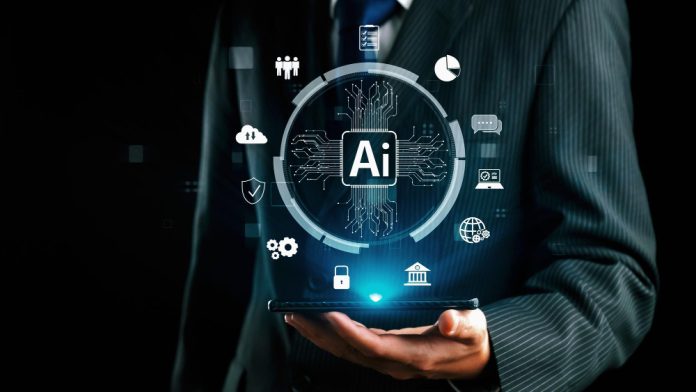Agentic AI in sales is more than a buzzword; it marks a major shift in how sales teams operate. Unlike traditional sales automation tools, agentic AI takes action autonomously, making decisions and carrying out tasks without constant human input. This change opens new possibilities for efficiency, speed, and strategic execution.
What Is Agentic AI and How Is It Different?
Agentic AI goes beyond automation. It integrates multiple AI models to act independently within a broader business environment. According to Workday, agentic AI “uses reasoning, learning, and iterative planning to handle dynamic and multistep challenges,” making decisions and executing tasks with minimal human oversight.
In contrast, traditional sales automation tools repeat assigned actions or follow preset rules. Agentic AI proactively monitors data, adapts to circumstances, and completes tasks, bridging the gap between human strategy and execution.
Early Examples of Agentic AI in Action
SAP offers a real-world example. At Davos, CEO Christian Klein shared how SAP is deploying two AI agents: one to recommend optimized pricing and bundle strategies, and another to handle supply chain checks (stock, delivery timelines). These agents communicate with each other to ensure sales promises align with inventory realities. Klein noted that 80% of SAP’s customers lack the infrastructure to deploy AI agents themselves. SAP plans to fill that gap.
Another case: IBM markets agentic AI tools that help sales teams prioritize leads and respond faster. Those tools provide insights in real time, integrating with existing pipelines, without needing technical expertise.
Strategic Benefits for B2B Sales Teams
Agentic AI unlocks several advantages:
- Faster execution and proactive response: TechRadar reports that traditional AI often fails to translate insights into actions—73% of insights stall without human follow-through. Agentic AI closes that gap by acting automatically.
- Streamlined workflows: Sales reps reclaim time from repetitive tasks. They focus on strategy and relationships instead of CRM updates and data entry.
- Better integration: Agentic AI works within existing tech stacks, orchestrating tasks across CRM, marketing, and operations.
- Scalability: As ChatSimple notes, agentic solutions can handle tasks 24/7, expand globally, and operate in multiple languages, without added headcount.
Risks and Readiness Gaps
Adopting agentic AI isn’t without challenges:
- Infrastructure limitations: Many companies lack the robust data systems needed for agentic AI to function effectively. SAP reports that 80% of its customers fall into this gap.
- Data governance concerns: Autonomous agents need clean, reliable data. Without strong governance, errors may go unchecked.
- Human oversight balance: Agentic AI acts on its own, but strategy and accountability remain human responsibilities. Companies must ensure agents remain transparent and explainable.
- Regulatory and ethical implications: Forbes warns that AI agents must operate fairly and ethically to maintain trust in client relationships.
How to Prepare for Agentic AI Adoption
Forward-thinking organizations can take proactive steps:
- Invest in infrastructure: Build scalable data pipelines, automation frameworks, and real-time decision systems. Forrester emphasizes that these technical foundations are essential for agentic AI.
- Identify high-impact use cases: Focus on areas like lead scoring, pricing decisions, and inventory optimization where automation can add strategic value.
- Integrate with existing systems: Ensure agentic tools work seamlessly with CRM, ERP, marketing platforms, and support systems.
- Maintain governance and transparency: Define clear monitoring, human review cycles, and audit trails to prevent unintended behavior.
- Start small, scale fast: Pilot agentic AI in one workflow, measure outcomes, then expand.
Conclusion
Agentic AI in sales is not just a technology upgrade; it’s a fundamental shift in how organizations execute strategy. It moves from insight to action, from guidance to execution. For B2B leaders, it offers a rare opportunity to reimagine sales workflows for speed, scale, and strategic impact. But readiness depends on infrastructure, governance, and a clear vision. Those who prepare now will lead the next wave of intelligent automation.









